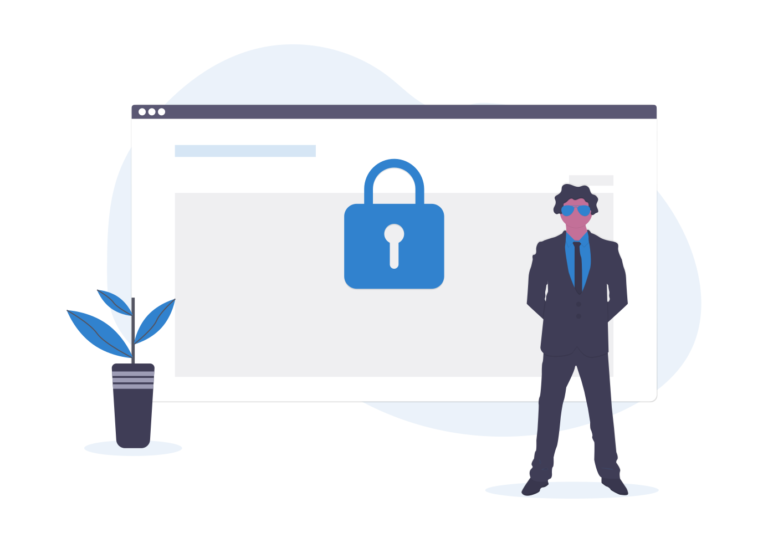What you can Expect to Earn as a Freelancer

Over the last two years I’ve spent much of my free time working as a freelancer. As a full-time student, freelancing has been perfect for me because of its flexibility. As I’ve written about before, I’ve earned over $20,000 while retaining the freedom to choose my hours and jobs. (Read more about my freelancing journey here.)
Freelancing websites like Upwork, Fiverr, and Toptal use numbers like mine to entice newcomers. The earnings they advertise are far more complex than they seem on the surface. If you’re interested in freelancing you should be certain to do the research and become as informed as possible. While it’s an awesome opportunity, many freelancers can get discouraged when their results do not seem to match up with what their peers are making. This feeling is discouraging and can make you want to give up on freelancing altogether. While it’s true that freelancers can make good money, keep a few things in mind when understanding how much you might reasonably earn.
The “Total”: While freelancing salaries can certainly rival many traditional forms of employment, this number is not the entire story. Freelancers work for themselves and act as independent contractors for the people who hire them. This means that they also miss out on some of the benefits of traditional employment. Taxes are not automatically withheld from their pay, freelancers must cover their own healthcare (in some countries), and other work related benefits may become expenses. In addition, if a freelancer choses to work through a company like Upwork they can pay as much as 20% in additional fees for using that service. This means that freelancer earnings are more compromprable to traditional positions with a much lower advertised salary.
Know Your Worth: It may seem like freelance rates are quite steep. Depending on the jobs you’ve had in the past, you may find yourself asking if it’s really ok to charge so much. However, keep in mind all of the hidden costs mentioned above and you can start to see why freelancers charge what looks like a premium. One trap I fell into at first was offering my services at a value below what they were really worth. At first the relatively high hourly rates of freelancing can feel amazing, but keep the “total” in mind and be sure to account for all of the hidden costs that may not be obvious at first. Do not be afraid to say no to jobs that are not willing to pay you what you need. This doesn’t mean being inflexible. You can value your time highly and still negotiate to find the job that’s right for you. The most effective freelancers are good at determining how much time they’ll need to complete a job. By combining accurate time estimates and knowing your worth, you will develop an eye for the best fitting jobs.
Be Ready to Negotiate: Negotiating your rate is one of the most uncomfortable yet important parts of freelancing. Rather than being something that is bad or wrong, it is expected and shows you know how to value your time. More often than not, if a potential client is impressed with your application, negotiations will go smoothly and you’ll land on a price you’re both happy with. However, there will be times when you and your potential client disagree on a fair rate. It’s not personal. Your potential client is doing the same thing you are. Negotiating is a critical part of the freelancing process. Additionally this negotiation period can allow you and the client to clarify the terms of your work. If your client is looking for more than you thought, do not be afraid to raise your fee accordingly. Just be sure to know exactly how and why you’re setting your fee. It pays to be confident. Make sure you can demonstrate your skills and explain how they are a great value for the project. And as with anything, practice makes perfect. The more you negotiate, the better you’ll get.






